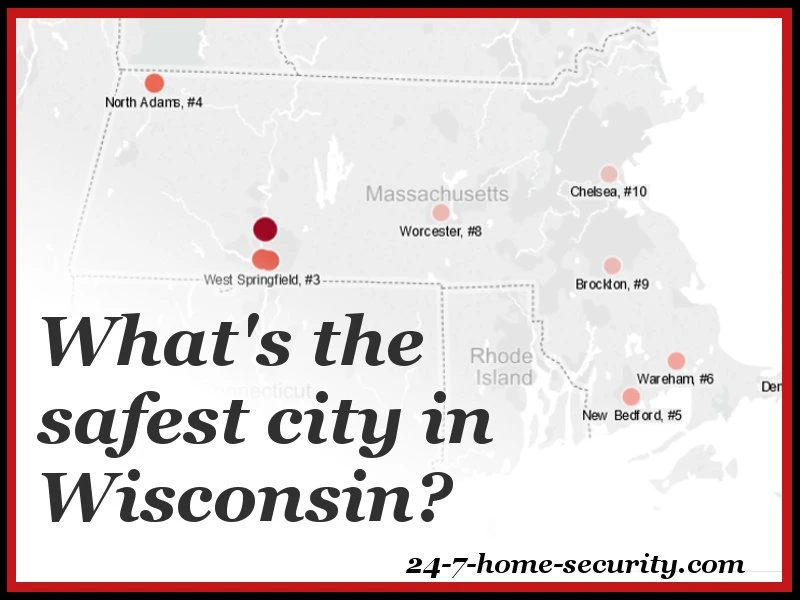Prefer to avoid being a victim of crime? Nod your head yes.
Want to see how your city does on crime? Yes again!
Check out our list of the safest towns in Massachusetts and explore the data for OVER 200 towns embedded in the map down below.
Massachusetts: Thank Us for Thanksgiving
Massachusetts is New England’s most populous state. Boston is the most populated New England city and the capital of Massachusetts. The state originally depended on agriculture, fishing, and trade to make ends meet, but during the Industrial Revolution become a manufacturing state. The economy has since moved away from manufacturing and into the service industry.
The state is a world leader in higher education, finance, maritime trade, and biotechnology. Whether you are looking to visit the state, relocate within it, or move there, this list will help you get a general sense of the safest areas within Massachusetts.
How we ranked the cities
To come up with the safest cities in Massachusetts, we:
- started with reported crime data collected and published by the FBI for 2013 (the latest year available)
- filtered out tiny towns
- looked at crime rates per 1,000 residents
- weighted violent crimes more than property crimes to establish a final, composite score
- ranked the towns based on that score
Of course, other factors go into the best places to live, but a low crime rate seems like a great place to start!
Sometimes, you really get surprised. Often, smaller towns are safer, as shown by our burglary risk calculator. But, big towns like Springfield often leap onto the list as well.
That brings up another point, there is a delay in the data for it to get compiled, normalized, and released by the FBI. So, the data that we had available does lag reality by a bit. And unfortunately, not all localities report this data, so some nice places may have been left out.
#1 Holyoke
Population: 40,135
Holyoke is a town located within Hampden county. It is located in between the Mount Tom Range and the western side of the Connecticut River. Holyoke is merely 8 miles north of Springville and is actually part of the Springfield Metropolitan area which is one of two distinct metros in Massachusetts.
In recent years, Holyoke has been a city growing in high-tech jobs. Many highly respected companies and universities have helped to diversify the city’s base such as Cisco, Harvard, and MIT. Retail is a strong economic driver in Holyoke contributing neaerly $7 million annually from the one of the largest malls in the Northeast, Holyoke Mall.
As a fun fact, volleyball was invented here in 1895 at a local YMCA with the town housing the Volleyball Hall of Fame. The sport was originally called mintonette. Good call on the name change.
#2 Springfield
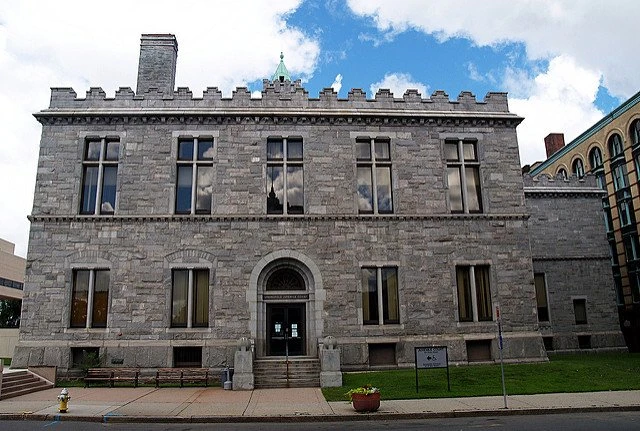
Population: 153,060
Springfield is located in the western part of New England and is the seat for Hampden County. Springfield is found along the eastern bank of the Connecticut river and is confluence with three other rivers (Westfield, Chicopee, and Mill). Springfield Metropolitan area is seen as one of the two metropolitan areas located within Boston. Though many states have Springfield as a town name, this was the first in the country. It has become the urban, cultural and economic capital for Massachusetts and is the third largest city in the state.
Among Springfield’s many nicknames are: The City of Firsts, the City of Homes, and Hoop City. The City of Firsts refers to the many innovations found within the city. The City of Homes refers to the towns Victorian Style homes. Finally, Hoop City refers to the fact that basketball was actually invented within Springfield. They must use the long winters to dream up new sports to play in the spring.
It's OK to brag . . . just don't overdo it!
#3 West Springfield
Population: 28,391
West Springfield is located within Hampden County and is part of the Springfield Metropolitan area. The city is also commonly called the West Side because it is located on the western side of the Connecticut River, across from Springfield. This fact had a huge role in the town’s history.
The area was settled in 1635. Some settlers moved to Springfield after a hurricane in 1635, but others stayed to make use of the West Side’s amazing farm land. From the beginning, the West Side residents wanted accommodation in the form of a free ferry service, but was continuously turned down for this meet. In March of 1683 a family was drowned on their way to church when their boat flipped. When the west side began complaining and demanding their own church, the Massachusetts general court finally agreed in 1697. In 1647 a law was passed that required any town with fifty or more families to construct a public school. It wasn’t until 1706, after two years of fighting, that the West Side was granted the funding it need to build a school.
The west side was given the right to grant land in its territory in 1707. The townsfolk had to cross the river into Springfield in order to attend town meetings. There was also tension between the east and west parts of Springfield surrounding the topic of resource allocation. Due to this, residents began petitioning the state to incorporate Springfield as its own town in 1756. West Springfield was incorporated as a separate town in 1774, after continuous town meetings the year before that nearly resulted in the government shutting down for a year.
However, another fight took place when the charter for town would not allow Springfield residents on its boundaries to be taxed, and wasn’t changed until the 1860s.
That seems a checkered past, but nowadays, it seems their cooperation on keeping crime low is stellar!
Don’t Stop Here!
Be sure to tinker with the map below to see all of the data on property and violent crimes for all 200+ cities that we ranked to make our list.

#4 North Adams
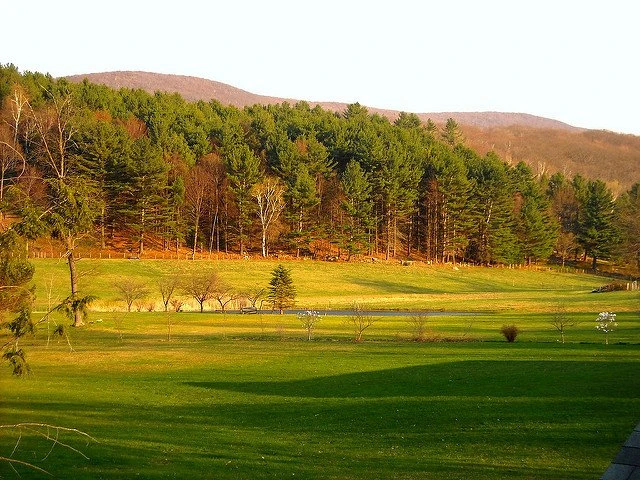
Population: 13,708
North Adams is located within Berkshire County. This town is part of the Pittsfield Metropolitan Statistical area and is the least populated town in the state. It is known for containing the largest contemporary art museum that can be found anywhere in the United States, the Massachusetts Museum of Contemporary Art. In the past few years, the town has focused on tourism, culture, and recreation.
The city’s Natural Bridge State Park contains the only natural white marble bridge in North America. Formed by glacial melt by 11,000 BC, the arch and abandoned quarry have long attracted attention from hikers, including Nathaniel Hawthorne in 1838, who wrote of it (among other local features) in his An American Notebook.
#5 New Bedford
Population: 95,115
Bristol county is the home of New Bedford. This town is the sixth largest city in the state and is nicknamed the whaling city. Its nickname comes from the fact that it was one of the, if not the, most important whaling port in the entire world. It is comparable to Nantucket, Massachusetts and New London, Connecticut. The three largest cities on the south coast region are New Bedford, Fall River, and Taunton. These Cities make up the Greater Providence- Fall River-New Bedford area and is home to the United States’ largest community of Portuguese-Americans. The town was settled in 1640 and incorporated in 1787.
In the mid-1800s, Lewis Temple revolutionized the whaling industry by developing the toggling harpoon. Thanks to this invention, New Bedford became one of the richest per capita cities in the world. Later the area was also made famous by Herman Melville, the author of Moby Dick, who was also a whaler during the mid-1800s. Nowadays, fishing and manufacturing dominate the economy, but it’s quickly becoming a hot spot for tourism as well. If you do visit, be sure to get some seafood, especially scallops. The area is known for the vast amounts of seafood brought in from its docks each season.
#6 Wareham

Population: 21,822
Wareham is located within Plymouth county and has a number of subsections, including Onset, West/East Wareham, Wareham Center, and Weweantic. Europeans first settled the town in 1678 and was actually part of Plymouth and Rochester. The town was incorporated in 1739.
Historically, Wareham was known for its cranberry industry. In fact, the main road is Cranberry Highway. One of the largest cranberry growers is headquartered in Wareham as well. Perhaps you can still find some cranberry bogs to visit in the area. While the town is mostly residential, it does have a large tourism industry. Why not, with cranberries being the main attraction?
#7 Dennis
Population: 14,207
Dennis is located within Barnstable county near the center part of Cape Cod. The two on contains five villages, each with its own post office. These villages are: Dennis, Dennis Port, East Dennis, South Dennis, and West Dennis. Dennis was settled in 1639 and incorporated in 1793.
Dennis is a popular seaside resort town with mansions on the Cape Cod Bay and beautiful beaches to the south on Nantucket Sound.
The Cape Playhouse is one of the oldest summer theaters in the United States. In fact, the famous Bette Davis was discovered there. Anyone else immediately think of the song? “She’s got Bette Davis eyes….”
#8 Worcester
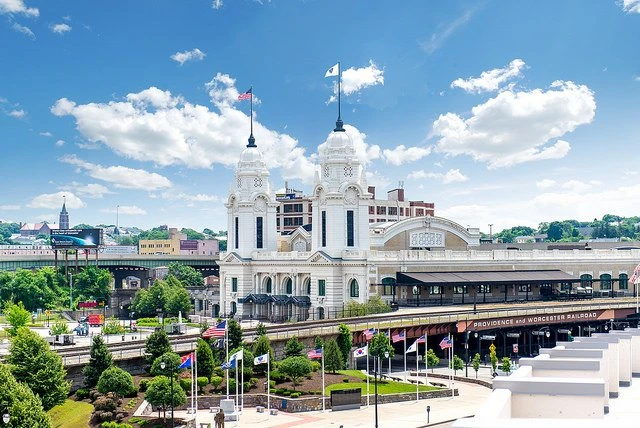
Population: 183,454
Worcester is located in the historic county of Worcester County. The town gets its named from Worcester, England and is the second largest City found in New England. It is found in the middle of Massachusetts’ major metropolitan areas, giving it the nickname Heart of the Commonwealth. It is now part of Greater Boston with the growth of the area.
Most of the area suffered after WWII due to product availability elsewhere, and the city tried many times to revitalize the area only to once again have down times. However, with the growth of healthcare and biotechnology in the region especially through UMass, the economy has finally been on a growth path.
Want a fun fact about Worcester? In 1963, Harvey Ball introduced the iconic yellow smiley to the American culture. Wonder where emojis would be without him?
#9 Brockton
Population: 93,810
Brockton is found within Plymouth county. Brockton is Massachusetts’s seventh largest city. The success of boxers Rocky Marciano and Marvin Hagler, both native boxers, and the success of the High School Sports program, the town is often called the “City of Champions”. Montello and Campello are two separate villages within the city, each with their own rail stations and post offices. Campello is the smallest of the two, but also has the biggest population. Brockton has a baseball team, called the Brockton Rox and the town is one of the windiest cities found in the nation.
Brockton was the first city in the world to have a three-wire underground electrical system when Thomas Edison threw the switch to activate it. For a fun fact, Brockton was also the first US city to have Santa appear in a department store. The town still celebrates Santa heavily, and in fact, holds the world record for the most santa-hat wearing people in one place.
#10 Chelsea
Population: 38,861
Chelsea is located in Suffolk County. It is located directly across from Boston, a river between the both of them. It is the second most densely populated city in Massachusetts and is also the smallest city, only 2.5 square miles.
The Battle of Chelsea Creek was fought in 1755. This was the second battle of the Revolution, and the army captured a British ship. George Washington’s army would also be stationed in Chelsea during the Siege of Boston.
The area is now mostly a city that allows easy access to Boston, and it’s been thriving through new development to house the influx of people due to the affordability of the area.
Sharing . . . a favorite thing.
Be sure to check out our articles for other states too!
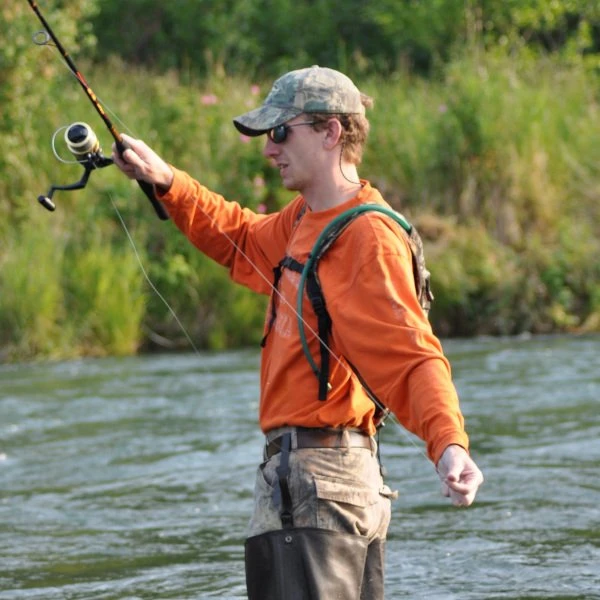
Hi, I’m Jody. I graduated with honors with a Masters of Science in Computer Engineering and have over 15 years of experience working as an engineer with electronics products. I’m a lifelong learner and tinkerer and enjoy automating things around the house so I can solve bigger problems than getting out of bed to check if the garage door is closed . . . like too little sleep!
